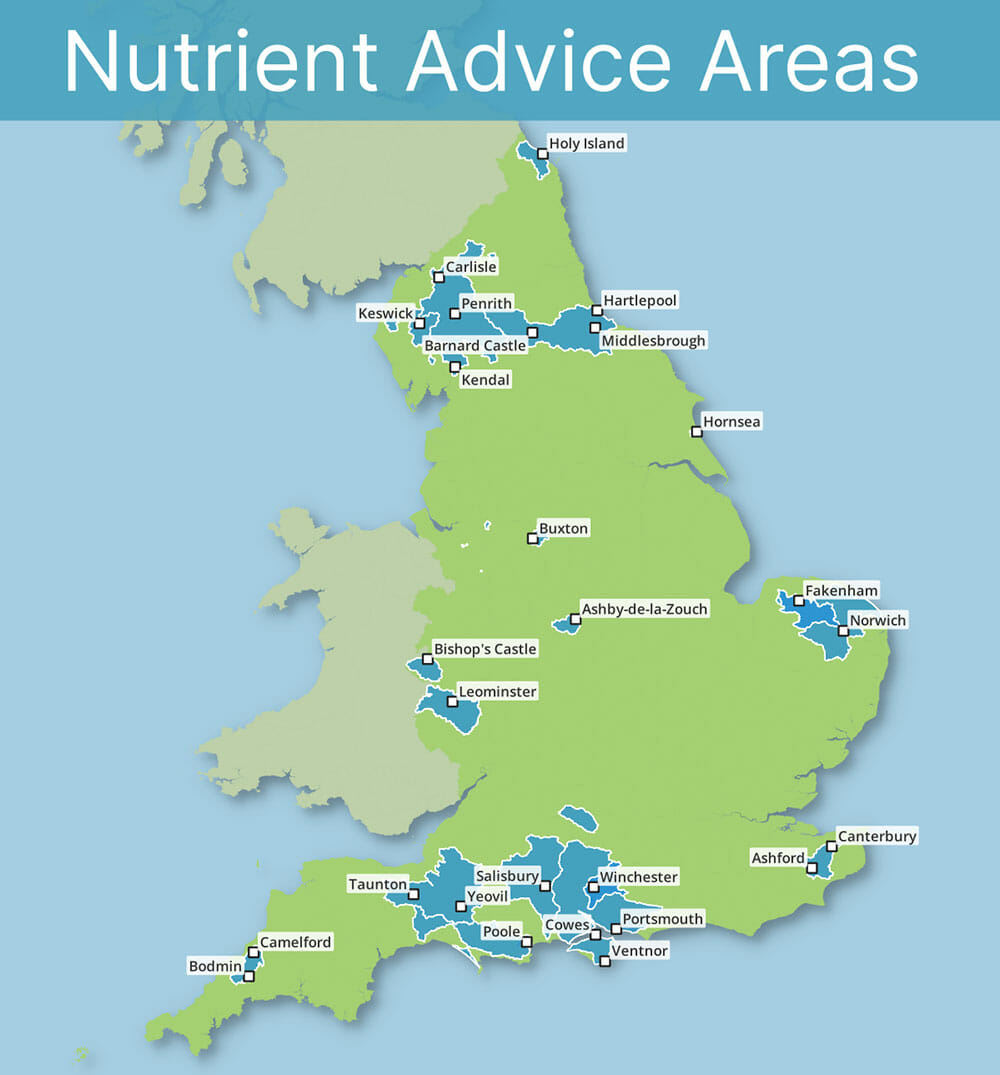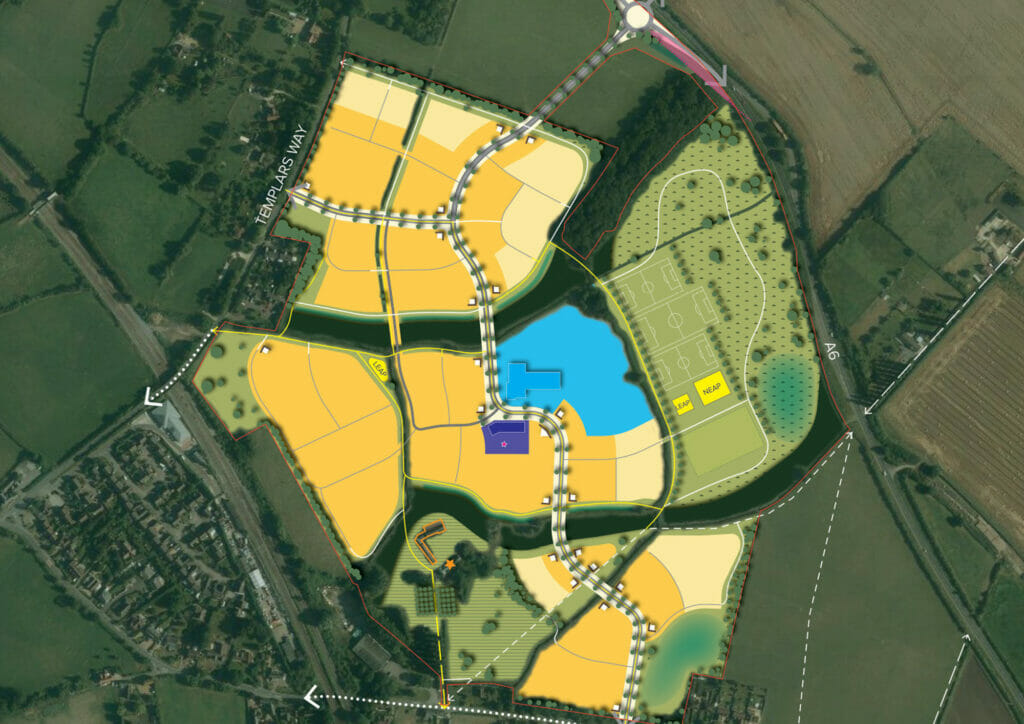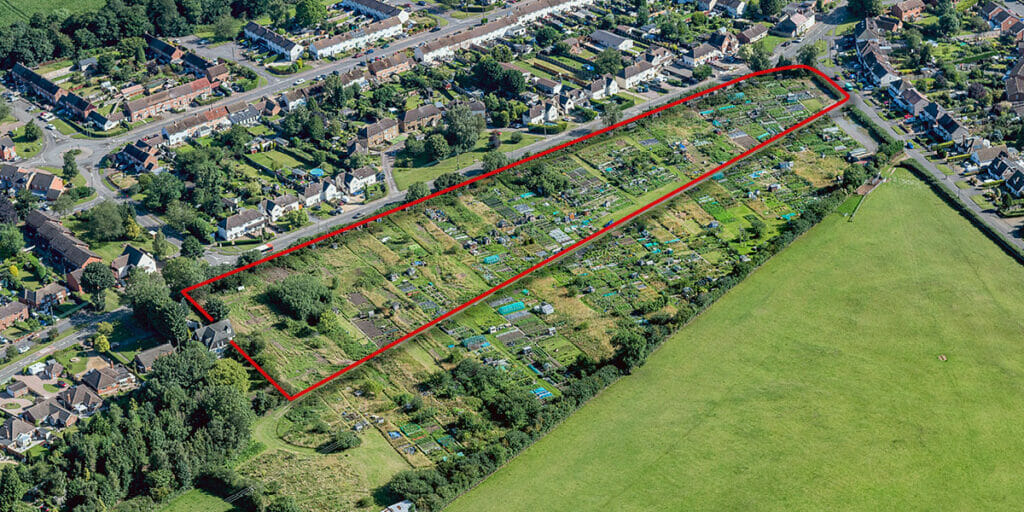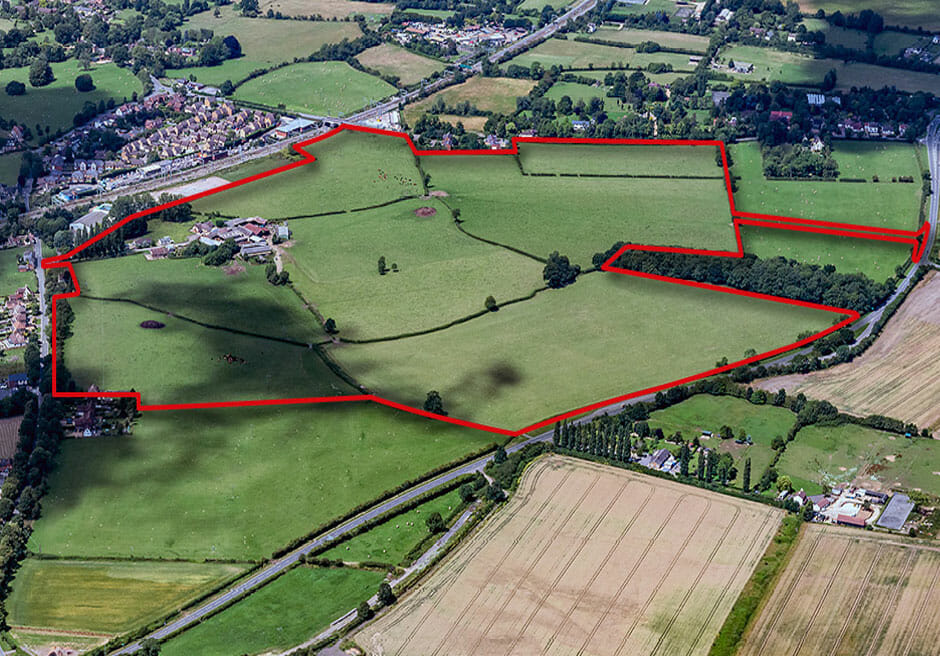
Nutrient Neutrality is another roadblock to the delivery of housing within certain regions of England. Increased levels of nutrients (especially nitrogen and phosphorous) speed up the growth of certain plants, disrupting natural processes and impacting wildlife. This process damages water dependent sites, harming the plants and wildlife, and affects the oxygen carrying capacity of the water. The sources of excess nutrients are site specific, but predominantly originate from wastewater treatment works and agriculture. Under the NPPF and Habitats Regulations, LPA’s must ensure the planning system assesses the environmental impact of developments and only approve those which have no negative effect on the condition of Habitats sites.

Natural England initially issued advice in 2019 following a landmark ruling by the EU Courts of Justice on a case now called the ‘Dutch Nitrogen’ case. This meant that UK Local Planning Authorities (LPAs) could not grant permission for any types of development that would result in a net increase in population served by a wastewater system where there is a risk of affecting water quality within the catchment of a Habitats Site.

This initially affected areas around the Solent and the Somerset Levels, with thousands of developments halted and LPAs unable to grant permission without demonstrating nutrient neutrality. The implications soon spread, halting developments across 32 LPAs primarily on the south coast, including Cornwall and Kent. Following, further work to understand the sources of site deterioration, Natural England identified a further 20 protected sites that are adversely affected by nutrient pollution. As a result, in March 2022, Natural England added another 42 LPAs to the list, extending the restrictions to parts of the West Midlands, East Anglia and the North of England.
It has taken at least 2 years for individual LPAs to put in place mitigation measures, generally by identifying suitable sites in agreement with landowners which developments can offset their impacts to achieve Nutrient Neutrality, such as wetland creation, woodland planting and re-wilding.
However, the introduction of Nutrient Neutrality is having a direct impact on the delivery of new homes, with 100,000 currently affected (source HBF).
The Government has reacted by pledging funds to help LPAs resolve the issue whilst Water companies are collectively investing to reduce pollution, including through nature-based solutions. The Government is offering £100,000 to each affected catchment to support cross-Local Authority work to meet Natural England requirements and enable developments to continue. This money is funding dedicated catchment officers, who will work to establish catchment-wide approaches to mitigation, which is far more efficient than on a project-by-project basis. The Planning Advisory Service has hired dedicated nutrient advisors and Natural England has increased their capacity to address the increased statutory casework relating to nutrient neutrality and to provide support in assessing the suitability of mitigation projects.
Such government support, whilst welcome, undermines the significance of the task ahead if freeing up the planning system, the same system that the government pledges to simplify and make more efficient.












